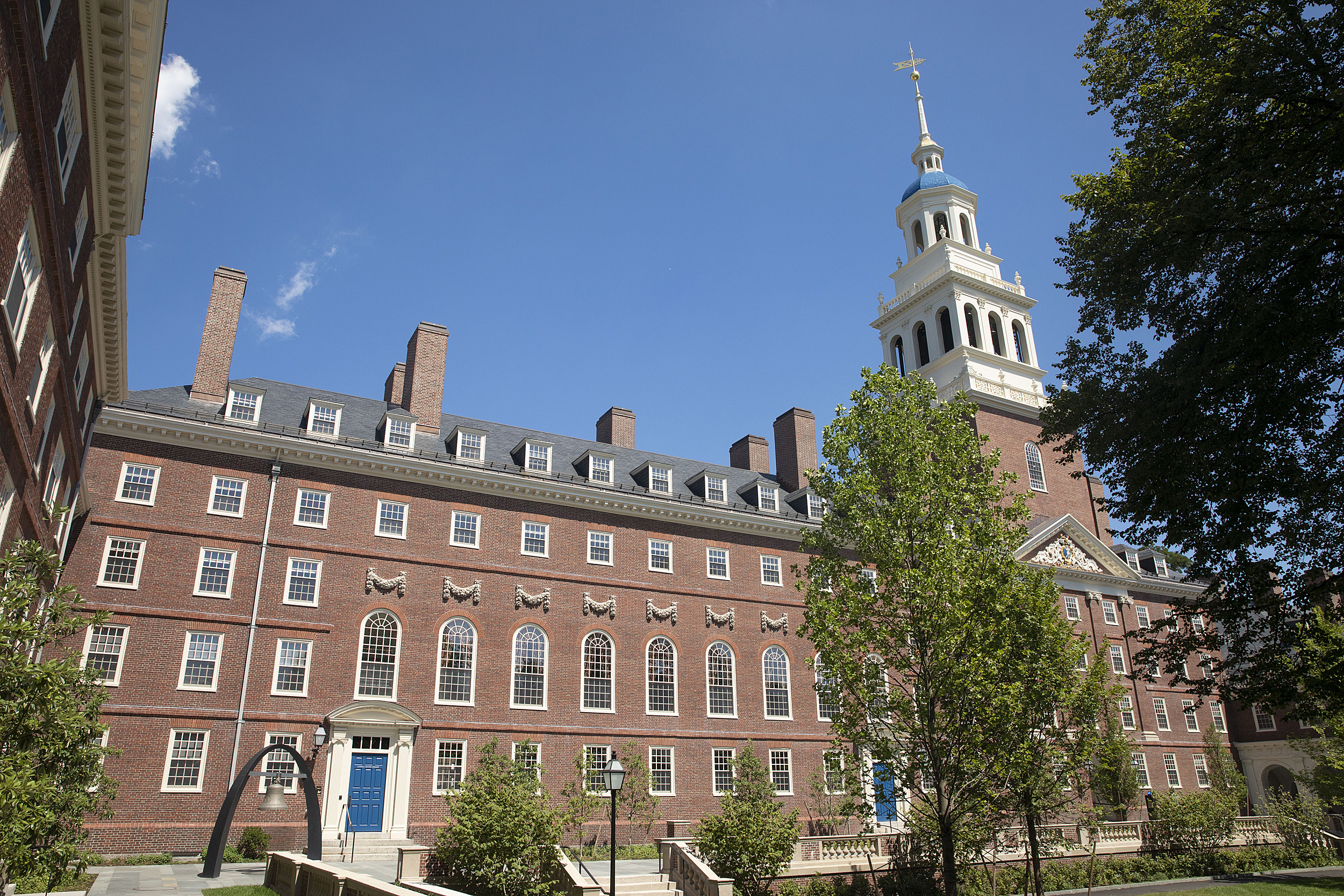
Photos by Kris Snibbe/Harvard Staff Photographer
Presenting the new Lowell House
Two-year renovation preserved historical character, added 21st-century upgrades
The newly renovated Lowell House made its much-anticipated debut last week after two years of work that blended its historic character and love of tradition with a commitment to meet the needs of a new generation of students.
Faculty Deans Nina Zipser, dean for faculty affairs and planning, and David Laibson, Robert I. Godman Professor of Economics, moved into their new residence this summer after officially starting their terms on July 1. They gave the project high marks.
“The renewal team did a remarkable job preserving the building’s original design and character,” said Zipser, noting that the dining hall, named Lee Hall in recognition of Kewsong Lee ’86, M.B.A. ’90, and Zita Ezpeleta ’88, J.D. ’91, and the F.A. Hayek Junior Common Room have long been popular Lowell meeting places. “The primary role of the House is as a gathering space and a home for all of us, and I love that there are so many modes of being together in the House.”
Architecture firm Kieran Timberlake designed new common spaces, reconfigured residential areas, and transformed the two basement levels from utility and storage spaces into areas for student use, all with a focus on sustainability and accessibility. Lowell’s buildings and courtyards received extensive electrical, mechanical, and structural upgrades, including the restoration of the House’s 56 chimneys and energy-efficient upgrades to 1,100 windows.
“House renewal is such an interesting way to re-engage Harvard’s traditions and culture,” said Edgerley Family Dean of Arts and Sciences Claudine Gay. “Walking through its courtyards and hallways, this is unmistakably Lowell House in all its particularity, but now the House is equipped to gracefully meet the needs of a new generation of students.”
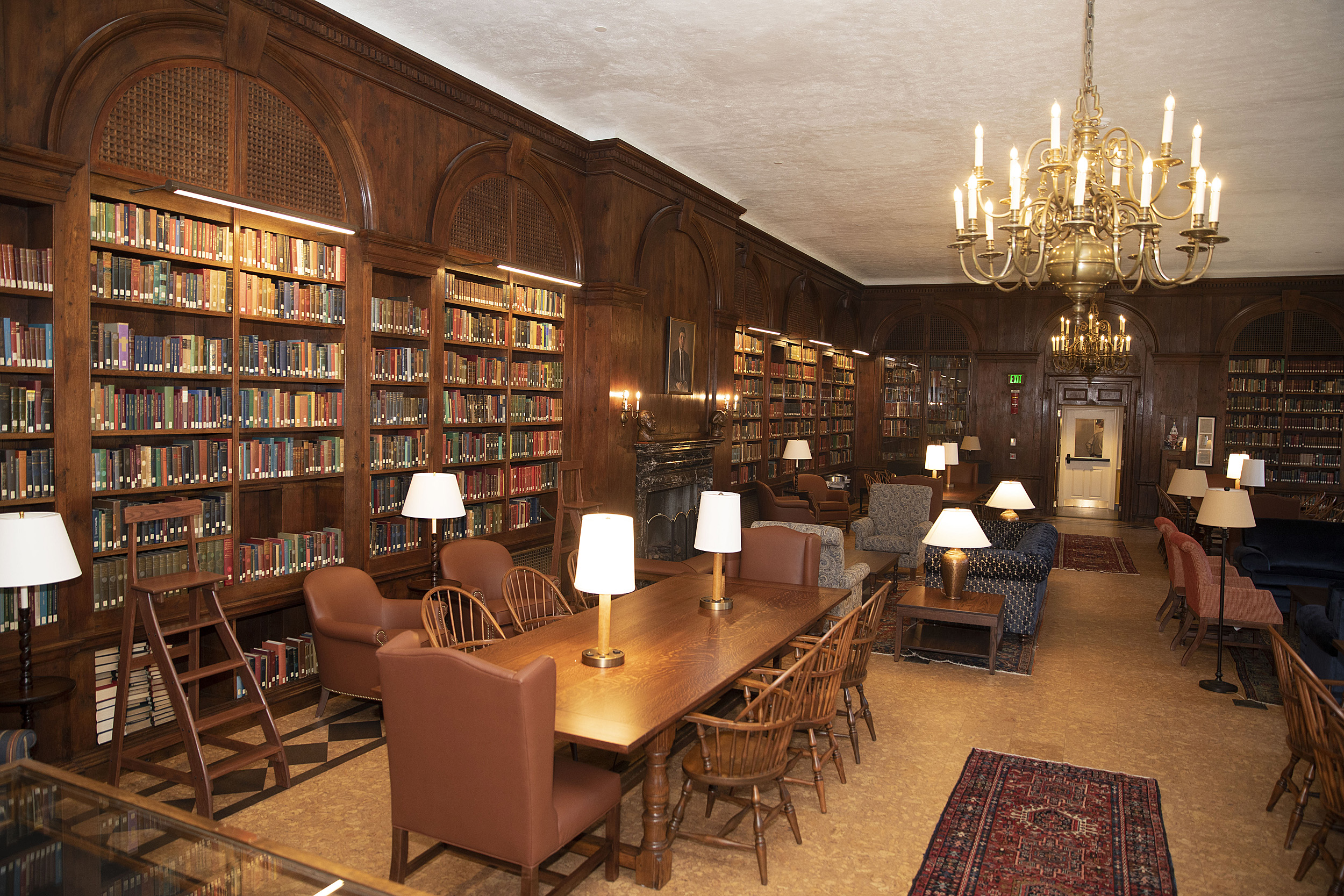
Lowell House was built in 1930, and some of its notable alumni include Supreme Court Justice David Souter, novelist John Updike, actor Natalie Portman, journalist Frank Rich, and Japan’s Empress Masako.
One of the central elements of the project was the establishment of Otto Hall, named in recognition of a gift from Alexander Otto ’90, M.B.A. ’94. It is the section of Lowell House that faces Mount Auburn Street and includes a new, accessible primary entry point that connects to a new main lobby and the larger of Lowell’s two extensive courtyards.
Inside the House, the team redid the living space for 414 undergraduates and 19 resident tutors, with accessible bathrooms and updated common areas. Four new elevators were installed across the House, including one leading to the Tower Room just below Lowell’s iconic Russian Bells, which ring out every Sunday.
After living in temporary accommodations across Harvard Square since 2017, residents were eager to finally get a chance to move in together and live as a single House. For Carrington Walsh ’20, who serves as co-chair of the House Committee (HoCo), moving into Lowell was an emotional experience.
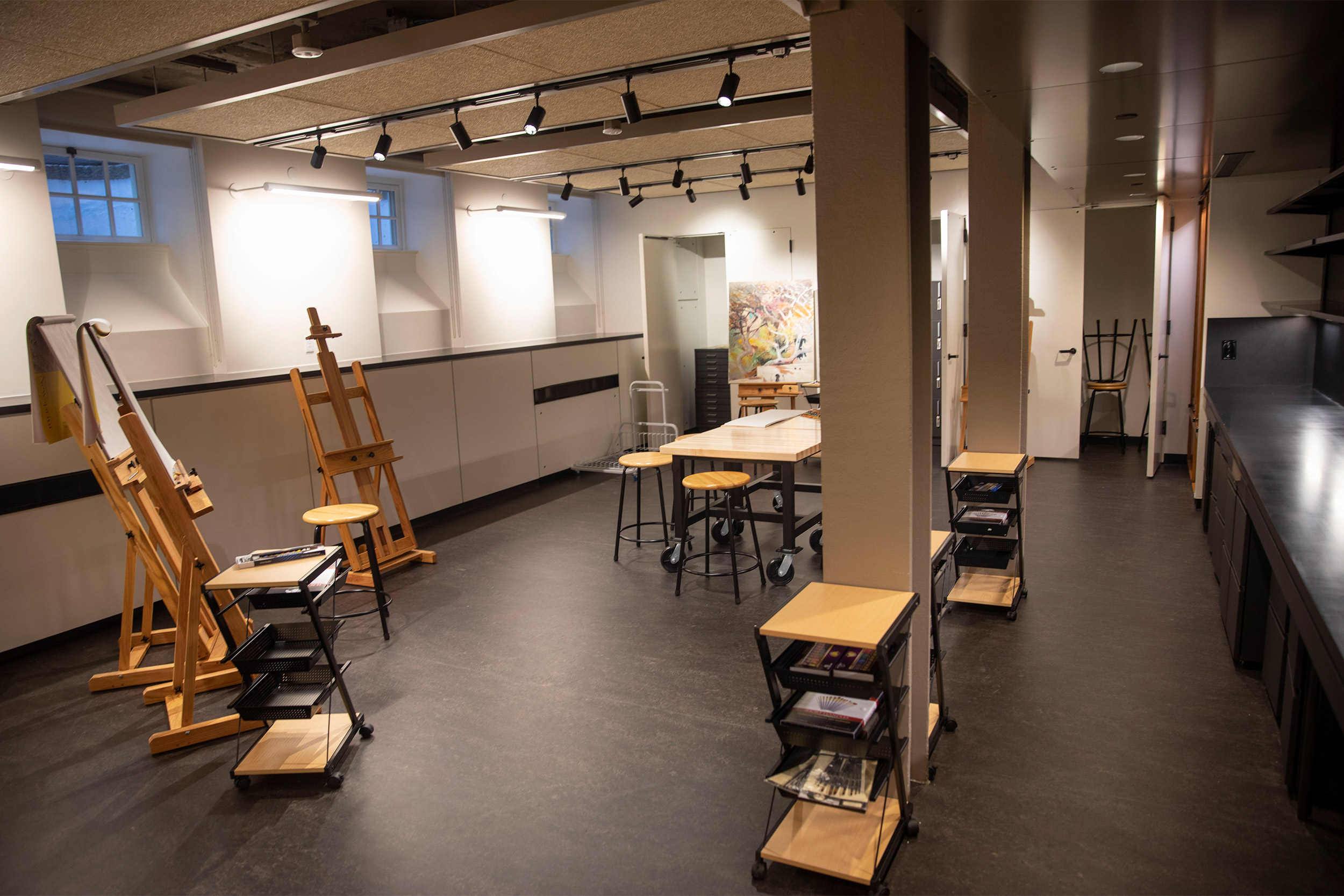
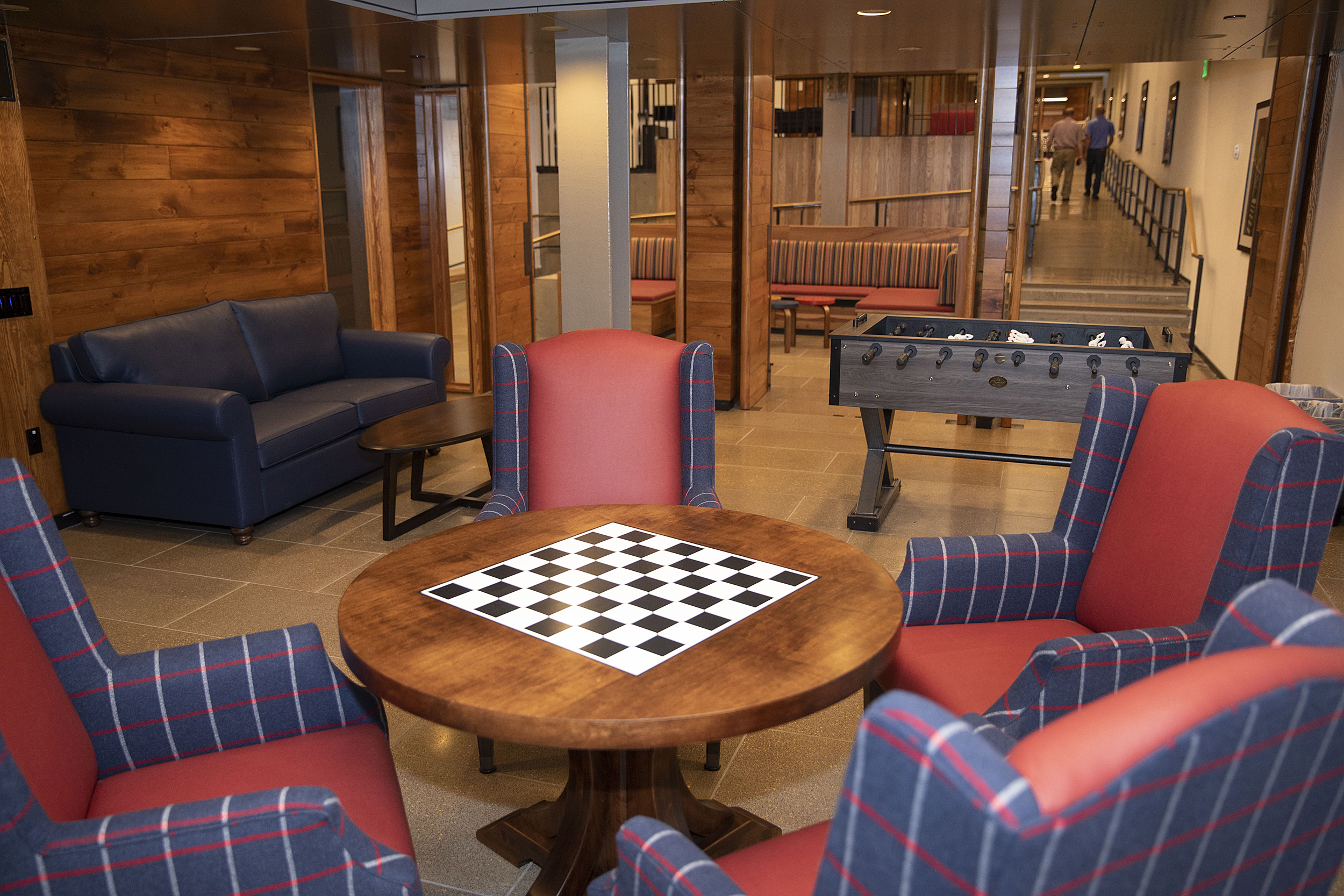
The art studio and game room, complete with chess and foosball.
“I had tears in my eyes when I saw the House because it was so stunning,” she said. “We as residents had never lived in Lowell before, but we had aspired to live there. Now it’s home.”
The wood-paneled library on the second floor was restored to its previous luster. In the first-floor Junior Common Room where students regularly gather with staff and faculty, the original French scenic wallpaper, Views of the American War of Independence, had been damaged beyond repair. It was recreated using the centuries-old technique of wood-block printing. The new Hilal Senior Common Room, named in honor of Sadek K. and Cynthia A. Hilal, features a gas fireplace and a refurbished area for meetings and social activities. A new 64-seat tiered-seating screening room can be used for lectures, films, and small live performances. The annual Lowell House Opera will also return to its home in Lee Hall this year.
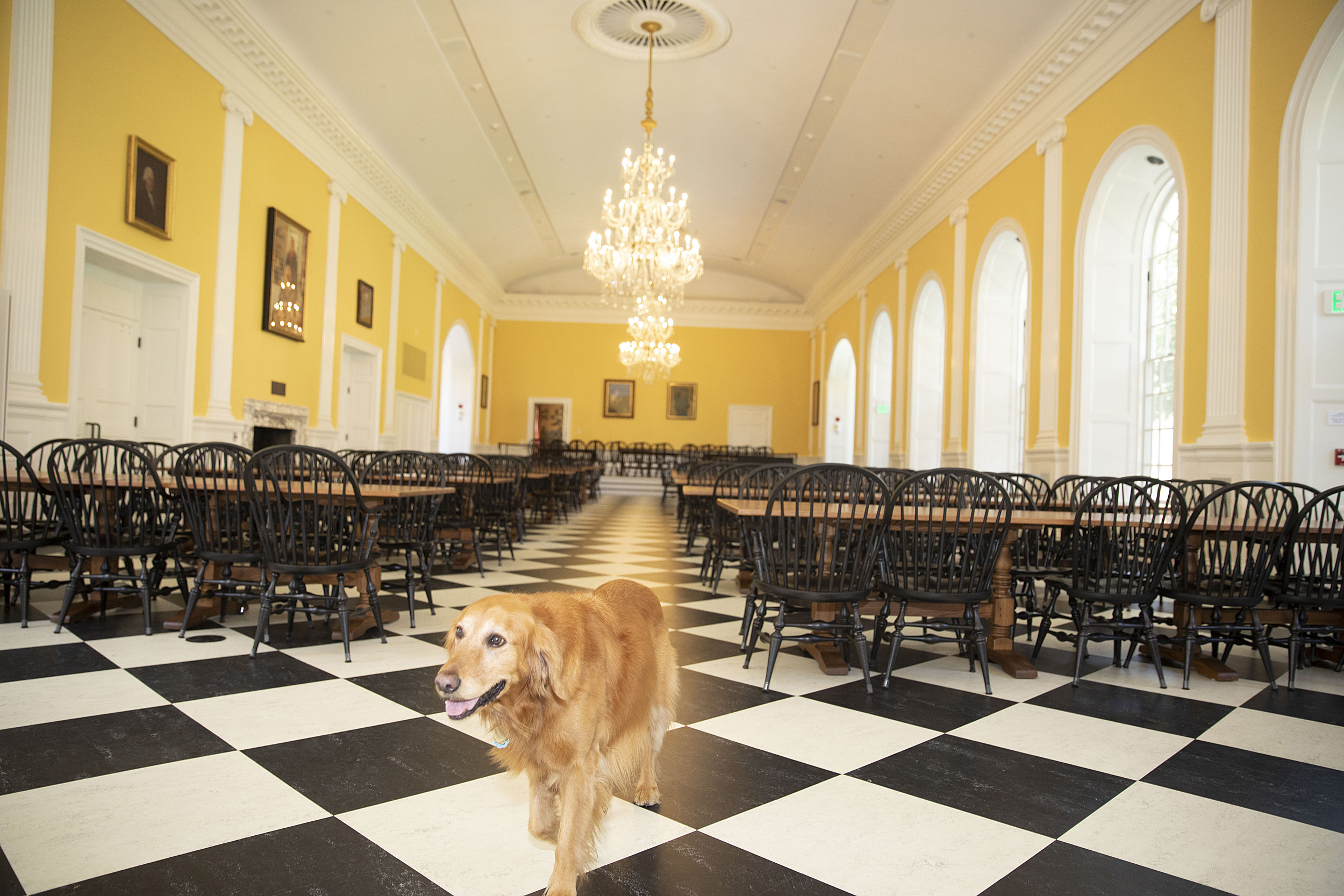
Lowell House is on track to receive gold certification in Leadership in Energy and Environmental Design, as did the renewal projects at Winthrop and Dunster Houses. In a unique example of the priority placed on sustainability, some students will live in a Dynamic Energy Suite. This six-bedroom cluster is part of a pilot project by Mara Prentiss, Mallinckrodt Professor of Physics, and Steven Lockley, an associate professor of medicine at Harvard Medical School and a neuroscientist in the Division of Sleep and Circadian Disorders, Departments of Medicine and Neurology, at Brigham and Women’s Hospital. Prentiss and Lockley designed systems within the suite to monitor energy use and to recommend sustainability practices, as well as a lighting system designed for better sleep and energy efficiency.
Elsewhere in the House, the team reused existing resources, including salvaged elm from the trees on-site to make benches, pine from student rooms for paneling on the lower level, and brass doorknobs from old doors for coat hooks outside the fitness area, dance studio, and squash/basketball court.
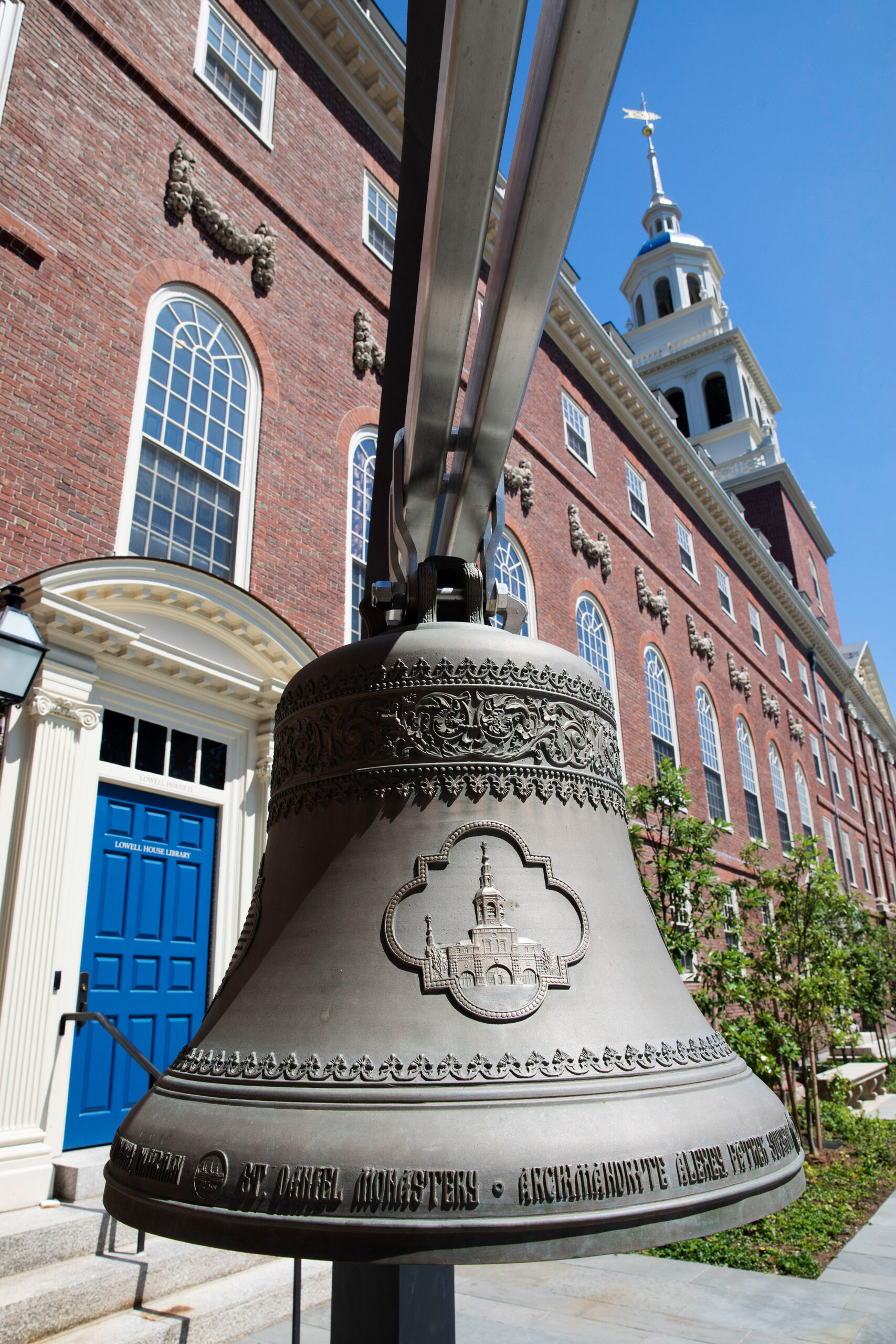
One of Lowell House’s iconic Russian bells.
Harvard University
Lowell House’s historic commitment to fostering creativity guided the design of seven music practice rooms, including space for opera and bell-ringing practice, an art studio, and a new “makerspace” featuring a 3D printer, computer stations, hand tools, and building supplies. The latter space was designed with faculty, staff, and students from the Harvard John A. Paulson School of Engineering and Applied Sciences to enable seamless, high-powered connections for students taking classes in Allston and Cambridge.
“Lowell simultaneously honors some of Harvard’s longstanding traditions and also generates a continuous process of reinvention and renewal. I love the fact that, in the residence, a room of 19th- and 18th-century oil portraits is adjacent to room of modern art, including photography and found objects,” said Laibson. “As faculty deans, it’s an exciting challenge to find a balance between identifying traditions that we want to celebrate and also creating new directions and new traditions.”
“Bringing in all my luggage and boxes through the halls and seeing my resident dean’s baby playing in the courtyard, it was such a safe space that really made me feel like I was home,” said Jungyeon Park ’20, co-chair of Lowell HoCo. “I think everyone is excited for the comfort of a House.”







